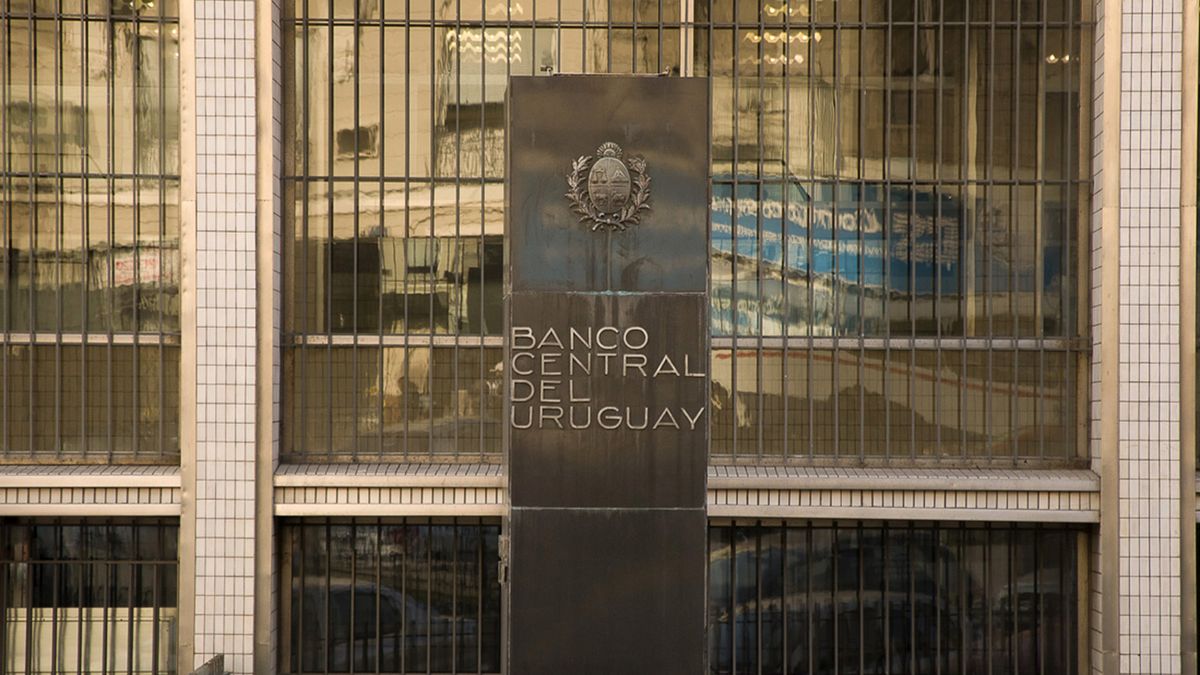He world Bank presented its financial report to Latin America and the Caribbean with the expectations, opportunities and challenges that the international organization foresees for the region in the coming years; and argued that, although the region is tending towards a situation of macro normality, the benchmark interest rates they will remain high until inflation is controlled. What can happen in Uruguay?
Latin America has a growth forecast of 1.4% of the Gross Domestic Product (GDP) for this year, and 2.4% for 2024 and 2025. This is stated in the latest World Bank report, “The potential of integration – opportunities in a changing global economy”, which was presented this morning by the chief economist for Latin America and the Caribbean, William Maloneyat a conference attended by scope.com.
In this context, marked by a change from the “tailwind” to the “headwind” that growth slows down in the regioneven so, the international organization stressed that the Fiscal management and the good inflationary management in general terms he achieved that the ttendency towards a macro normality.
An important point is the inflationary outlook: for the World Bank, the fight against inflation in Latin America is good, and although in 2022 it was 7.9%, it remained below the scenario of other regions of the world, and for 2023 an inflation rate of 5% is expected, with a persistent decline month by month. This is positive for many reasons, but also because as long as inflation remains unchecked, countries’ benchmark interest rates will remain high, as Maloney pointed out.
Paradoxically with other indicators, the countries of the region are ahead of USA and Europe regarding the management of monetary policy and the decision to start lowering reference interest rates, for example, in countries like Brazil and Chili. This World Bank analysis opens new questions about what can happen in Uruguay after the meeting of the Monetary Policy Committee (Copom) scheduled for April 19.
Uruguay, between the sword of the exchange rate and the regional wall
The latest inflation data published by the National Statistics Institute (INE), which registered 7.33% interannual inflation and a new drop in this indicator, show an inflationary situation that seems to tend to control in the country. This will be taken into account by the Copom in the midst of the uncertainty that still surrounds the future of the Monetary Policy Rate (MPR).
The truth is that, if you think linearly, the Central Bank of Uruguay (BCU) would raise rates by 25 basis points. So did the United States Federal Reserve (Fed) —even with the pressure of the recent bailout of the Silicon Valley Bank (SVB) in the midst of the bank collapse, but with less optimistic than expected numbers in terms of inflation—; and so did the central banks of Colombia and Mexico.
However, the recent precedent in Uruguay, in February, was slightly detached from the global trend, when the Copom decided to keep the rates frozen at 11.5%; so the decision could be repeated at the next meeting. Of course, for the productive and business sectors, this would not be good news in the midst of their claims to end the contractive monetary policy, lower rates and, thus, achieve a balance in the exchange rate that improves competitiveness in the country.
Another element to be taken into account by analysts and monetary authorities will be the technical recession in which the country finds itself after two consecutive quarters without growth. In this sense, the increase in interest rates leads to “a spending spiral and, in the long term, has a depressing impact on growth”Maloney said. If the projections of the different organizations are taken into account —the World Bank indicated a growth of 1.8% for this year, while the International Monetary Fund (IMF) indicated 2% and the Economic Research Center (Cinve) it barely expects 1%—, the country would not be in a position to risk too many increases.
Now, if we look at the World Bank’s analysis of Latin American progress in this area, Uruguay could make a difference and announce a drop in rates. However, even the example country, Chile, decided at its April meeting on the need to keep the MPR unchanged at 11.25%, and announced that will remain at that value longer than expected in December. Therefore, the fate of Uruguayan rates could be similar and, in April, remain unchanged until, at least, a new Copom meeting.
Source: Ambito




